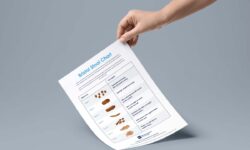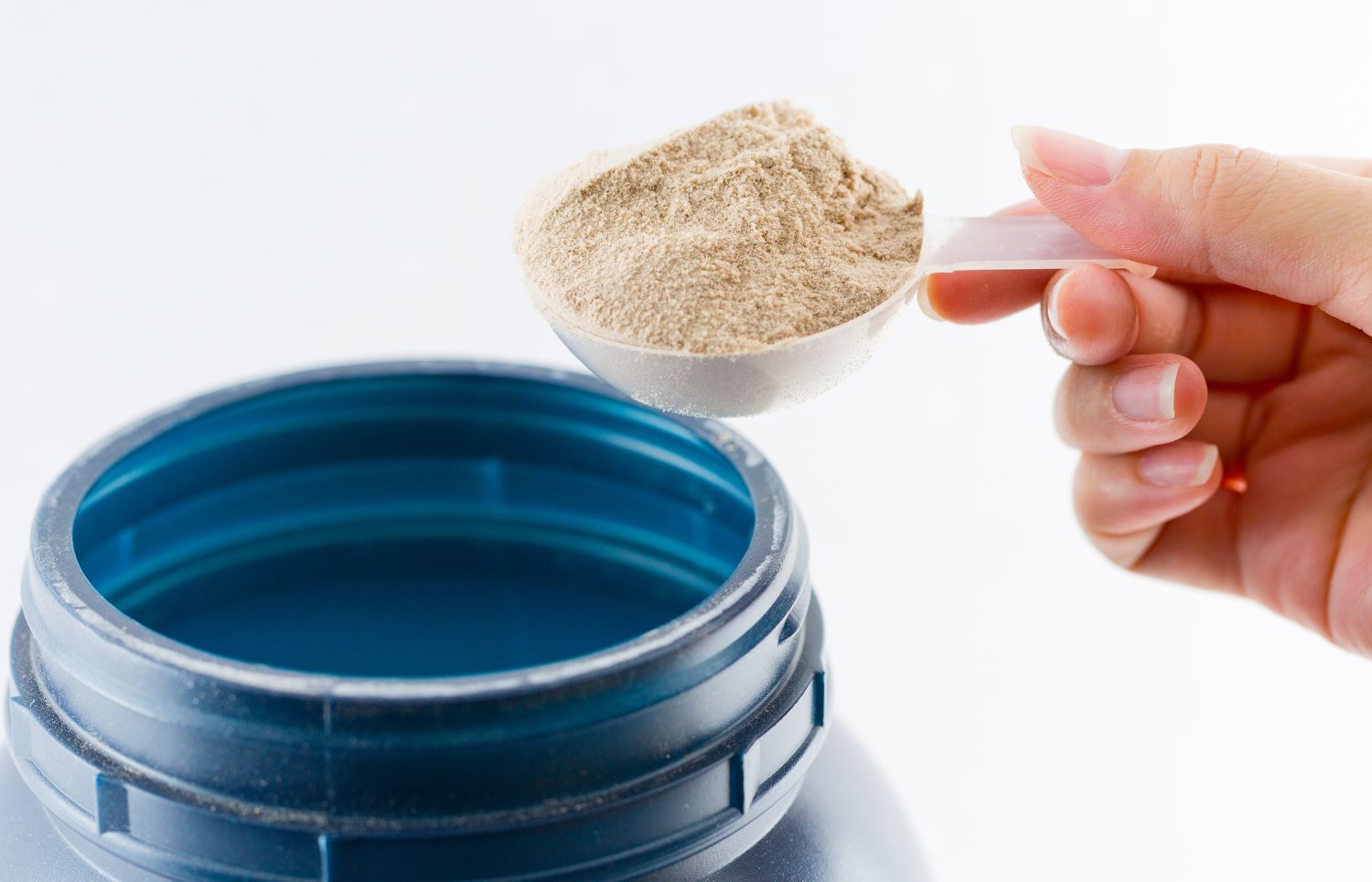What is the Bristol stool chart?
The Bristol Stool Chart is a medical aid for anyone who wants to understand and improve their bowel movements. It classifies faeces into seven groups and is used as a tool by doctors to evaluate the effectiveness of treatments and gain a better understanding of your symptoms/illness regarding aspects of toilet habits.
The Bristol Stool Scale was created by Dr Stephen Lewis and Dr Ken Heaton at Bristol Royal Infirmary in the UK. In a groundbreaking 1997 study, 66 adult participants kept detailed diaries tracking the appearance and frequency of their stools.
To aid the research, they swallowed marker pellets to measure digestion time, while their stool samples were weighed for analysis. Researchers also used medications to modify stool consistency and digestion speed, allowing for a comprehensive study of various gastrointestinal conditions.
If you want to improve your bowel habits, understanding the Bristol Stool Chart and keeping a Bowel Diary can help you identify patterns and make necessary adjustments to your diet, hydration, and lifestyle.
Types of Stools
What should my stools look like?
The consistency of your stool depends on how long it remains in the colon. What you see in the toilet bowl is a reflection of your diet, hydration, medications, and lifestyle. The Bristol Stool Chart is a useful tool for assessing your digestive health.
While bowel habits vary from person to person, the key is that stools should be soft and easy to pass, ideally resembling types 3 and 4 on the chart. Generally, individuals who have a bowel movement at least three times a week and pass well-formed stools (neither too hard nor too soft) are considered to have normal bowel function.
Since defining “normal” can be challenging, healthcare professionals use the Bristol Stool Scale to classify stools based on how long they have spent in the bowel. Type 1 stools have remained in the colon the longest, while Type 7 has passed through the quickest. A healthy stool is typically Type 3 or 4 and should be passed once every one to three days, depending on individual habits.
Bristol Stool Chart
[BBC:002] Bristol Stool Chart
Download the Bristol Stool Chart below to better understand what your stool says about your health.
Stool Form Types 1 to 7
If you’d rather reference the scale directly below, with short descriptions of each type of stool. We offer the PDF for a full reference guide, which is often used by clinicians and patients alike.

Separate hard lumps,
like nuts (hard to pass)

Sausage shaped but lumpy

Like a sausage but with cracks
on the surface

Like a sausage or snake,
smooth and soft

Soft blobs with clear cut edges
(passed easily)

Fluffy pieces with ragged edges,
a mushy stool

Watery, no solid pieces,
entirely liquid
Further Information
If you’ve noticed a change in your stool which concerns you, the best thing to do is visit your GP or healthcare professional. Often, you will find a local continence clinic will be able to help, with specialists in helping people manage their bladder or bowel health on a day-to-day basis.
If you want more helpful information, visit our Bowel Hub, where you can find material on Stoma Care and Bowel Conditions and visit our Bowel Resources for healthy lifestyle tips and more.









